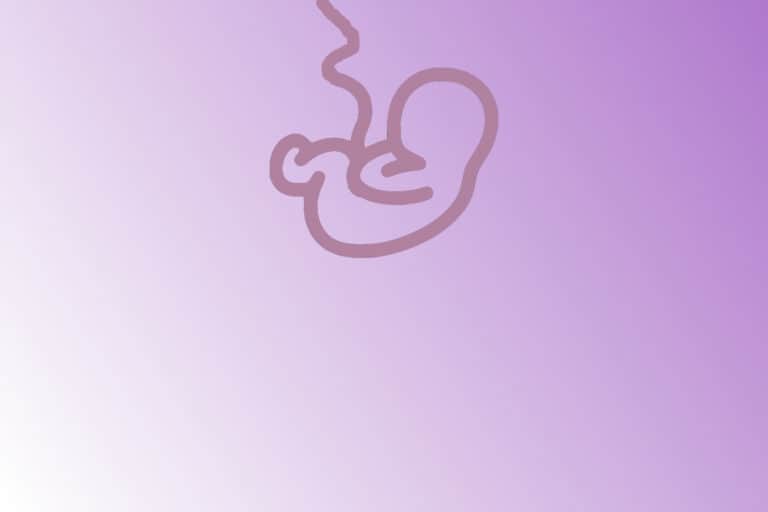Periventricular leukomalacia
The central nervous system of extremely preterm infants is highly susceptible to perinatal injuries due to the presence of immature vasculature in the germinal matrix and periventricular white matter. Furthermore, the sensitivity of cerebral tissue to hypoxia-ischemia stems from already low baseline CBF and high oxygen consumption with increased oxygen extraction.
In addition, myocardial dysfunction, decreased cardiac output and systemic hypoperfusion, commonly observed in the first postnatal days, can further aggravate the situation. Morbidities associated with CBF fluctuations include severe respiratory distress syndrome, perinatal asphyxia, perinatal sepsis, shock or seizures.
The multifactorial development of periventricular leukomalacia (PVL) can be associated with cerebral oxygenation fluctuations and systemic inflammation (chorioamnionitis). Immature oligodendrocytes are particularly vulnerable to blood flow fluctuations, hypoxia and oxygen reactive species that accompany chorioamnionitis and fetal/neonatal inflammatory response syndrome.
White matter injury then progresses to either diffuse or cystic changes, with accompanied cerebral atrophy and ventricular dilatation or hydrocephalus. PVL is associated with the development of cerebral palsy (spastic quadriplegia), mental retardation, visual impairment, epilepsy (pharmacoresistant).
Diagnosis
Clinical signs
- PVL can be associated with intraventricular hemorrhage (IVH) with the following signs
- mild IVH grades (1-2) can be asymptomatic
- severe IVH grades (3-4) => hypertonia/hypotonia, dysreflexia
- hemorrhagic shock (tachycardia, poor perfusion, hypotension, ventilatory deterioration)
- intracranial hypertension (apnea, bradycardia, vomiting, seizures)
Laboratory findings
- general workup as in IVH that can precede PVL
Imaging
- bed-side cranial ultrasound
→ initial hyperechogenity of the white matter alongside the lateral ventricles
→ after 2-3 weeks the periventricular leukomalacia can take diffuse or cystic form (see above)
→ both forms are accompanied by cerebral atrophy and ventriculomegaly due to atrophy - MRI of the CNS
Therapy
General
- preventing preterm birth, antenatal corticosteroids
- antibiotic treatment of the mother in case of chorioamnionitis
- antibiotic treatment of the newborn in case of early or late-onset infection
- vital functions stabilization (intubation and mechanical ventilation, volume therapy, blood transfusion)
Specific
- anticonvulsants (anti-epileptic drugs)
- hydrocephalus requiring drainage
References
① Gotardo JW, Volkmer NFV, Stangler GP, Dornelles AD, Bohrer BBA, Carvalho CG. Impact of peri-intraventricular haemorrhage and periventricular leukomalacia in the neurodevelopment of preterms: A systematic review and meta-analysis. PLoS One. 2019;14(10):e0223427. Published 2019 Oct 10. doi:10.1371/journal.pone.0223427




